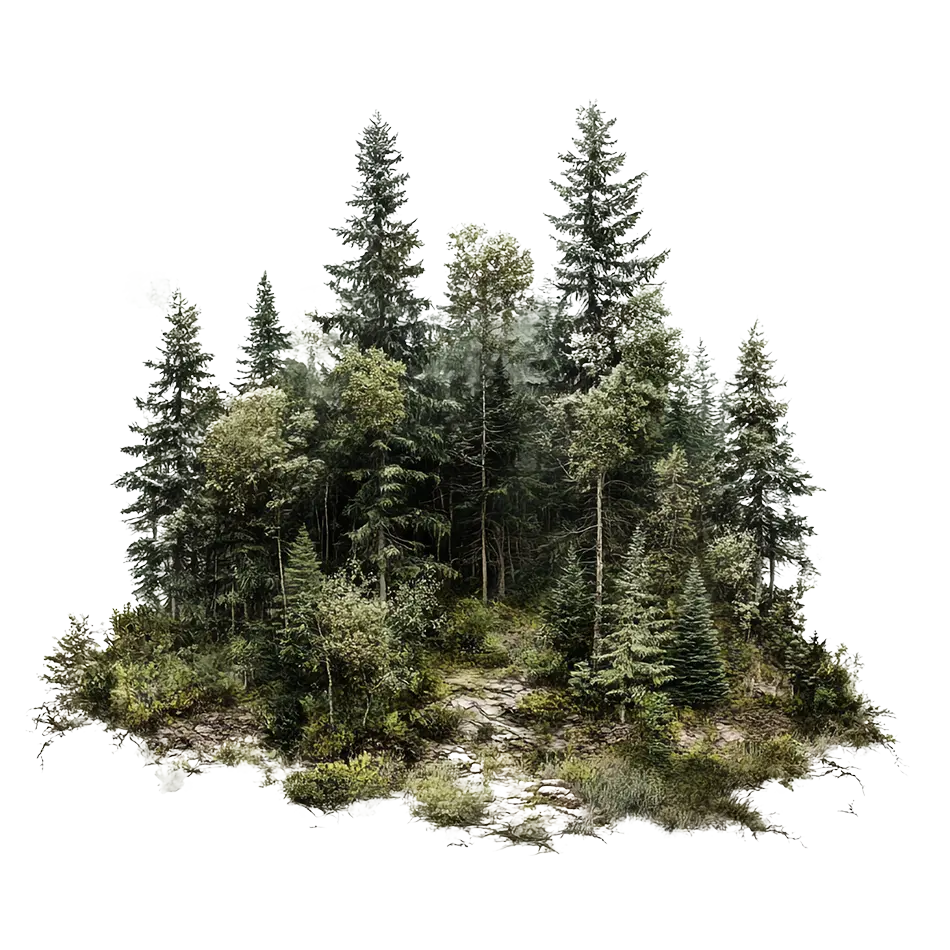Systems Tests
Our System
Using fire science data gathered by fire scientists over the last 30 years (Info from the BONFIRE worldwide database, etc.), we designed this system to deliver 2 times the volume of water needed to extinguish a high wind, high intensity wildfire (~ 50,000 kW/m fire front with 12m flames).
This system is specifically designed to protect WUI (Wildland Urban Interface) areas.
How We Know it Works
- SUMMARY -
The integrity of the system was tested on sophisticated digital prototyping software. With the assistance of fire department personnel, a scaled model was field tested against (7) staged fires over a 10-day period to ensure efficiency. Most variables were scaled down (8) times.
- The system stands 30-40 ft. tall resulting in the use of a (5) ft. model.
- The thousands of gallons of water per minute dispensed by the system, is represented by hundreds of gallons of water per minute within the model.
- The water discharge pressure, distance of water throw, size of the coverage area and volume of the fuel were also scaled down (8) times.
- The depth of the underlying duff and soil was .34 m(not scaled), sand and dirt mixture, tightly packed with very low moisture content.
- (3) types of living and non-living trees with varying moisture content (measured using the General Tools MMD4E, ref. from the National Fuel Moisture Database) were used as fuel, as well as various living and non-living grasses and shrubs, native and non-native but not invasive in California. The height of the fuel was scaled down (2) times with the difference of a multiple of (6) being accounted for in the final calculations. All placed at scaled intervals (kg m³) to allow airflow and maintain above scale HRR.
Other variables we could not control or scale to test level were the specific heat of each fuel, the heat of combustion, the flame length and flame height, the wind velocity and wind direction, the flame zone depth, and the Intensity.
The average temperature reached 477°C (measured with the Raytek ST IRT) almost (3) times the scaled-down temp. of 164°C from 1149°C. The wind was recorded as between .8 – 3.6 m s-¹, blowing at a 45 degree tailwind measured with the Acurite anemometer.
The elemental composition of each fuel was used to calculate and compare heat of combustion to that of earlier experiments. The (7) values used were between 14,000 kJ/kg – 18,000 kJ/kg (not scaled).
The actual flame height pulsated between .5 – 2 m (measured with metal height and distance measuring apparatus stationed at intervals along the fuel bed). The actual flame length varied between 1 – 4 m due to flame pulsations measured by visual estimations. The flame length and flame height fluctuated due to the varying fuel heights and the changing flame angle that varied between 0-30 degrees from the wind gusting between .8 – 3.6 m s-¹, with flames tilting toward the unburned fuel.
The fire spread rate averaged .12 m s-¹ (measured with metal height and distance measuring apparatus stationed at intervals along the fuel bed).
All of the trees as fuel sources were equal height of 1.0 m. All of the shrubs as fuel sources were of similar height at .5 m. All of the grasses were of similar height at .25 m.
The Intensity, consequently, 800 – 2400 kW/m, was considered as a function of the combined mass and volume of each fuel, the flame length, the rate of spread in the 150 m² fuel bed, heat of combustion from earlier experiments and the depth of the flame zone.
No calorimeter was present as the tests were conducted; however, the oxygen and nitrogen approximate values of consumption (molar flow rates of incoming gases vs exhaust gases) were taken from earlier experiments under similar conditions by published scientist. Other conditions as relative humidity, fuel moisture (32% avg. w/10-hr time lag), air temperature (32°C), VPD (3.46%) could not be scaled but was accounted for in our final calculations.
Seven (7) tests were performed at a location near Frink, CA., August 2008 between the hours of 1200-1800 PST each day under standard atmospheric conditions for the area. Three (3) different fuel types and fuel heights were used in (6) of the (7) tests. The final test included all of the different fuel types and fuel heights with the same fuel loading parameters as the previous (6) tests.
It is acknowledged that slopes are crucial variables in determining spread rate and intensity Albini (1966 & 1985) and Butler (et. al 2004). The testing location near Frink, Ca. did not consist of any comparable slopes. However, the effect of changes in this major variable upon fire behavior (flame tilt) is accounted for within the fire model in our final solutions.

We acknowledge that the vegetation sources used for testing in the referenced research papers are not of the same phyla as we used in our testing but they are of the same groups (angiosperm and gymnosperm). The specific heat capacity, the fuel moisture content and the specific gravity of some of the vegetation sources used in our experiments were the same or similar to the vegetation of referenced sources.
The results exceeded our expectations. Although the actual temperature and intensity far exceeded the scaled-down values, the fire was completely extinguished in under 2 mins and the 12″ soil bed beneath the fuel was thoroughly saturated within 3 mins.
